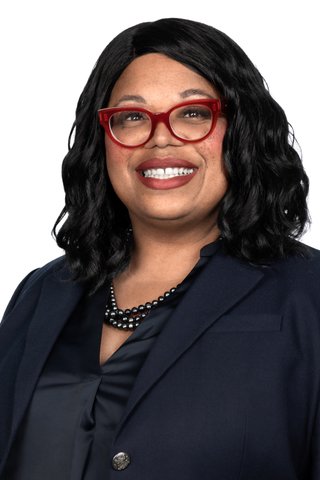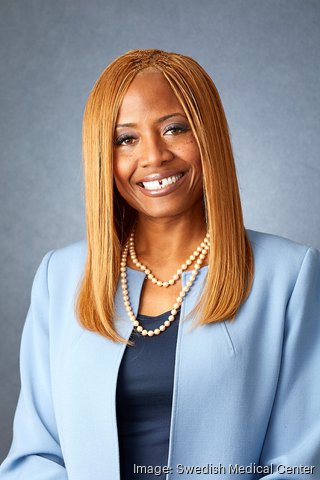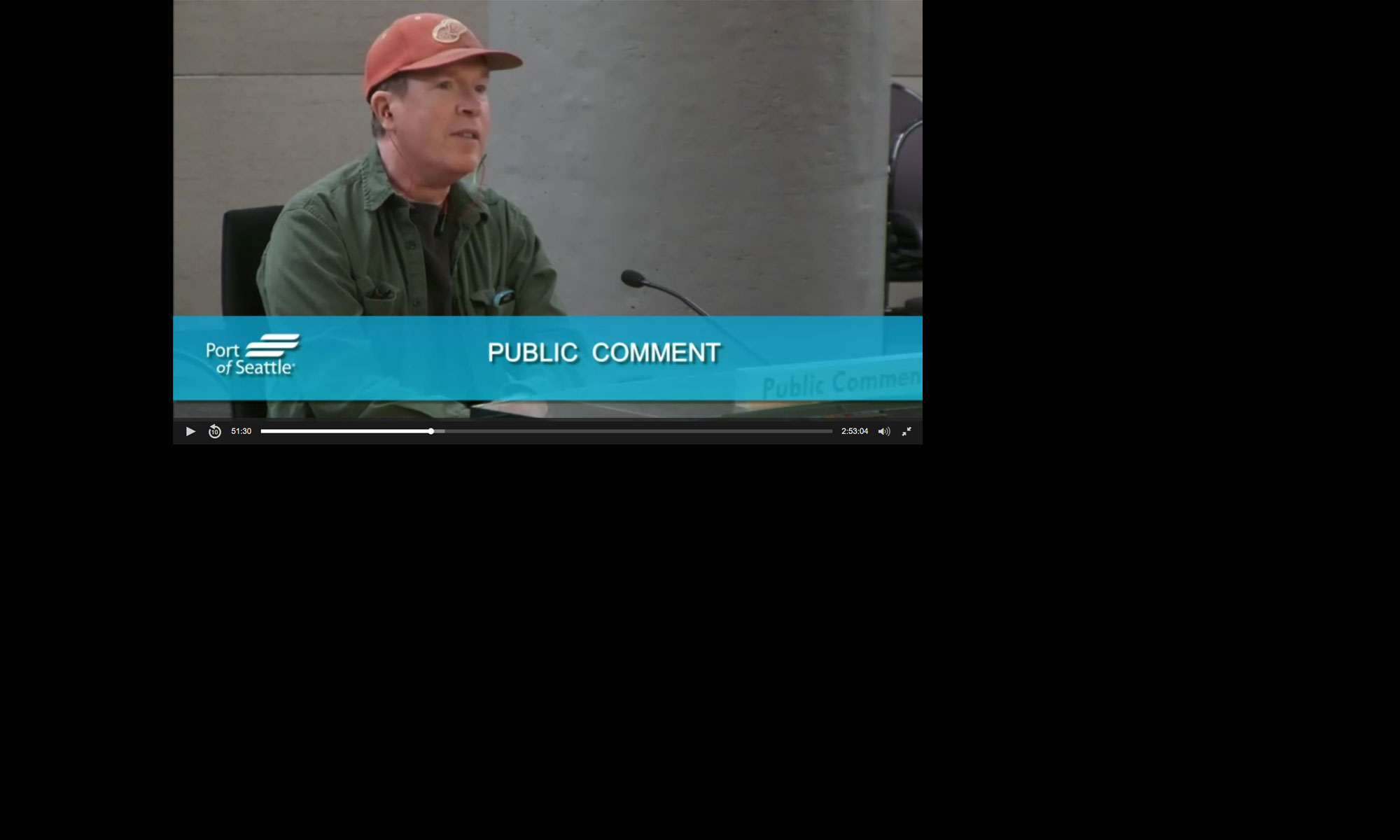Thirteen Republican state attorneys general sent a letter in July to the CEOs of Fortune 100 companies, including Microsoft, Costco and Boeing, reminding them not to discriminate on the basis of race, “whether under the label of ‘diversity, equity and inclusion’ or otherwise.”
It was a gut-check moment for business leaders.
The letter came two weeks after the U.S. Supreme Court ruled Harvard and the University of North Carolina’s use of affirmative action in college admissions was illegal. Even though the ruling was limited to higher education, Justice Neil Gorsuch wrote a concurrent opinion, declaring that hiring and workplace civil rights laws should be interpreted the same way.
END OF SUMMER SALE
Share your company news with BizSpotlight
Save 20% on your next press release with promo code SUMMER20
Now, business leaders who stepped out publicly to affirm their commitment to diversity, equity and inclusion efforts are recalculating the risk of those actions, and looking to continue DEI programs in ways that won’t trigger backlash.
“We’re in a very fraught moment,” said Shirline Wilson, executive director of Washington Employers for Racial Equity (WERE), the coalition of more than six-dozen private sector companies which in 2020 was spun out of Challenge Washington and the Washington Roundtable.
WERE launched with a series of commitments to support racial equity for Black people in Washington state. Among the goals set for 2030: increase Black representation in management, increase investment in Black-owned businesses and increase internships for Black students.

Wilson was hired to lead WERE in 2022, after the representation pledges were made. She said she doesn’t know yet if members — including Alaska Air Group, Costco Wholesale and Microsoft among others — still have the same level of commitment as they did in 2020.
“I think people felt like, because we had our sort of collective Emmett Till moment — if I could be so bold as to say that George Floyd being murdered right before our eyes was our collective Till moment — that we would have built up enough resilience and momentum to withstand political headwinds,” Wilson said. “But I don’t know if we have the courage to push through this moment.”
The latest Diversity, Equity and Inclusion Report from leadership consulting firm DDI found an 18% decrease in leaders’ endorsements of their companies’ overall DEI efforts in the last two years. That includes declines in optimism about recruitment, advancement and diversity of leadership. The data, based on a survey of HR managers and leaders from more than 1,500 companies, also showed that the number of companies that didn’t offer DEI programs increased from 15% in 2020 to 20% in 2022.
A story published Aug. 11 by sister publication the San Francisco Business Times cites a report from workplace analytics firm Revelio Labs that found diverse hiring slowed down last year. Attrition rates for DEI roles outpaced other sectors between early 2020 and late 2022 among the 600 companies studied.
The changes have been particularly noticeable at the executive level. In July, the Wall Street Journal reported that chief diversity officers “increasingly feel left out in the cold” after two years of having one of the trendiest job titles.
Mardia Shands has that trendy job title. She was hired in March 2021 as Swedish Health Services’ first chief diversity, equity and inclusion officer and has worked and consulted on corporate equity issues for over 20 years.
“As a DEI and HR professional, I have seen that some companies have moved away from pursuing their commitment to diversity, equity and inclusion,” said Shands. But she said organizations moving away from DEI work are shortsighted. Shands said Swedish is “doubling down.”
“We know not only is it the right thing to do, it’s a business imperative and societal imperative that this is the path forward.”
But that path forward has a lot more potholes, some that are already costing money to repair.

Amazon faces a lawsuit filed in July 2022 by a white woman in Texas over a diversity grant program that offers $10,000 to qualified Black, Latinx and Native American delivery service program (DSP) owners to help cover startup costs. A judge has yet to rule in the case.
Amazon responded to a request for an interview with an email statement, saying it believes in the importance of DEI, and will “investigate the potential impact of any legal decisions on our programs and adjust as necessary to comply with the law.”
A federal judge in Spokane on Aug 11 dismissed a lawsuit against Starbucks filed by the National Center for Public Policy Research. The conservative think tank sued the coffee giant last November, claiming its hiring and supplier diversity goals violate civil rights laws.
A Starbucks spokesperson said in an email statement Aug. 14 that the company is pleased with the decision and remains committed to inclusion and diversity “to strive to make Starbucks a welcoming place for our partners (employees) and customers around the globe.”
Starbucks, along with Microsoft and Alaska Airlines signed amicus briefs in support of the federal government’s affirmative action policies in the Supreme Court case. Each has openly promoted their DEI commitments and published data on progress against representation goals. Like Starbucks, neither Microsoft nor Alaska Airlines would agree to Business Journal requests for interviews. Instead, they emailed statements affirming pledges to advance DEI, attributed to unnamed company spokespeople.
Still, there’s a lot of discussion behind closed doors.
“There are alarm bells going off in some places,” said Vicky Slade, an employment law litigator at Seattle-based Davis Wright Tremaine. In July she spoke to clients in a webinar about the impact of the Supreme Court’s ruling on affirmative action, reiterating that considering race as a factor in hiring decisions has always been illegal (under Title VII of the Civil Rights Act of 1964). “But that doesn’t mean that (DEI) work has not become more risky,” Slade said. “You’re going to see a lot more scrutiny on these programs and you need to be more careful with them.”
Slade suggested employers work with their legal teams to review their DEI initiatives and give each one a “red light, yellow light, green light.” Most efforts will still be green, she said. “There’s going to be risk in either direction, as there is when you operate a business,” Slade said. “You have to decide, what are my goals, what are my company values, and what are the initiatives that are really important, and manage the risk as you go, just like with everything else.”
Alyesha Dotson agrees. She’s the co-chair of the EEO and diversity practice group at Littler, a San Francisco-based employment law firm. “It is simply a good moment to slow down and take a deep breath,” said Dotson.
Based in Seattle, Dotson said the letter penned by the 13 state attorneys general should be “essential reading” for all employers, “to be forewarned about risks.” She said the Supreme Court decision does not mark the beginning of the end of DEI programs. Rather, “it’s an opportunity to reassess and ensure that we are raising all boats equally,” Dotson said.
Instead of seeking advice with a “diversity guru,” she said, employers should review DEI policies with their attorneys. She also counsels clients to understand that what they have are not diversity programs.
“Diversity is a lagging indicator of success. If you do the good things, diversity and happiness and belonging for everyone will come. But if you pursue diversity as the end goal, then you will end up inadvertently or advertently making (employment) decisions wherein a protected characteristic is the basis of that decision, which is of course illegal,” Dotson said.
The amount of race-based representation data companies publish about their employees is dependent on each company’s appetite for risk “and is extraordinarily unique to that company,” said Dotson. But she recommended caution “because what you put out there can be used against you, so be thoughtful.”
Dotson said one of her favorite refrains is that DEI programs “shouldn’t happen to you by mistake.” She said there needs to be top-down, all-around buy-in “because the only way we make strides in this space is when everyone understands and everyone pulls towards it.”
Which brings us back to Mardia Shands. The reason Swedish can take the risk to “double down” as she said, is because equity and inclusion are knitted into strategies from the C-suite to the front line, across geographies and departments. “That’s how we’re able to mitigate risk and keep an eye out for those things that will try to derail us,” she said.
But change is coming, said Shands, in the way DEI professionals talk about their work, particularly with rollbacks in DEI programs in Florida under presidential candidate and Gov. Ron DeSantis. Specifically, Shands said employers need to get back to the basics of what the words diversity, equity and inclusion mean.
“We need to talk about our work as opposed to dropping acronyms, to bridge this divide and talk about our work in a more holistic way that recognizes people’s humanity.”
Between now and the end of the year, WERE executive director Wilson is going out to coalition members to ask them to recommit to the program. “Organizations may have a different idea or perspective on whether they want to reach the 2030 commitments,” she said, inviting the Business Journal back to talk next spring on how WERE is recalibrating the risks associated with DEI.
“We’re starting to see the waves and the bumpiness and everyone’s saying, ‘hold on, let’s go talk to the lawyers, let’s go figure out what’s our risk, and what can we do?’ That’s the moment we’re in,” Wilson said.


